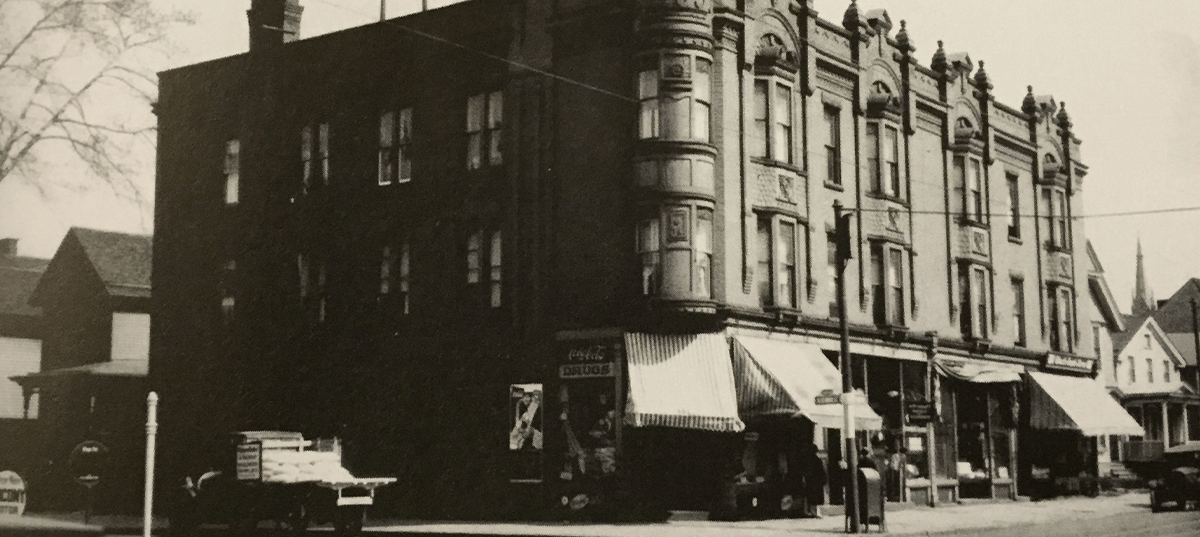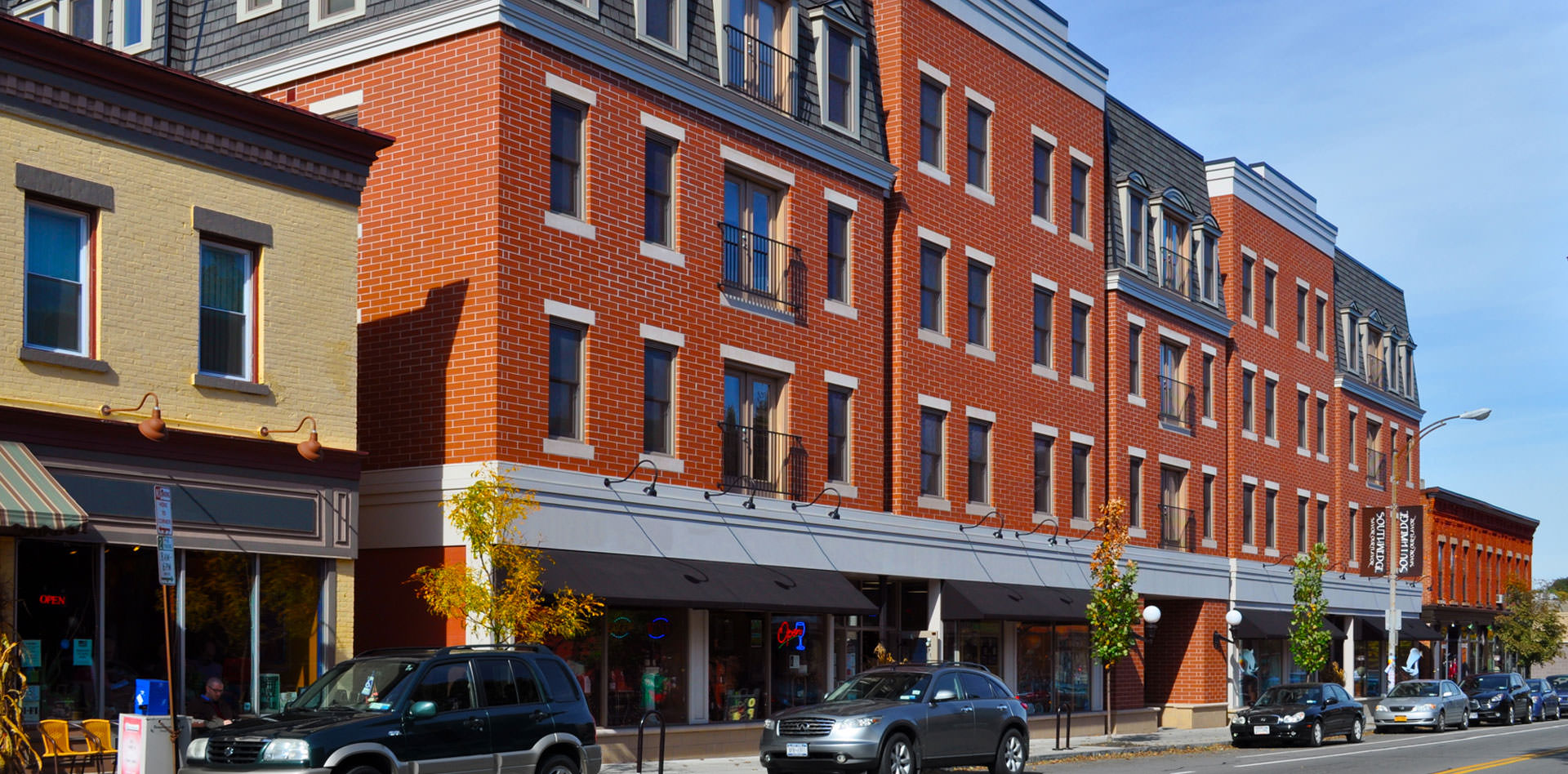Fun Historical Facts About the South Wedge

Image Credit: RocWiki
August 2022
If you live at South and Hickory Place, you know there’s a lot to love about the South Wedge. But how much do you know about its history? We’ve assembled some interesting, quirky, and fun historical facts that will give you an even bigger appreciation for the place we call home.
Formerly Brighton
The South Wedge neighborhood was originally part of Brighton until the City of Rochester annexed it in 1834. At the time, city leadership felt the area could provide additional space for future growth. That was the same year Rochester incorporated as a city.
Rochester’s Oldest Commercial Building
The South Wedge is home to the City’s oldest surviving commercial building known as the Old Stone Warehouse. Located at 1 Mt. Hope Avenue and currently owned and occupied by the Bivona Child Advocacy Center, the building was constructed in 1822. In addition to being a warehouse, the building also served as a foundry, brewery, and office building over the course of its life.
The Frederick Douglass Farm
In 1852, when the South Wedge was fairly rural, the Abolitionist Frederick Douglass purchased a farm at what is now 999 South Avenue. He moved his family there from their first home on Alexander Street. The farm became a stopping point on the Underground Railroad for escaped slaves. Unfortunately, the home burned in a fire that was presumed to be arson, and Douglass decided to move his family to Washington, D.C. The site is now home to the Anna Murray-Douglass Academy (School #12).
The 1800s Version of South and Hickory Place
Nathaniel Square is the small park on the corner of South Avenue and Alexander Street. It’s the one with the statue of the city’s namesake, Nathaniel Rochester. What you may not know is that in the late 1800s that corner was home to an ornate three-story building that featured businesses on the first floor and apartments on the floors above (photo above). It essentially made the same use of its space as South and Hickory Place does today.
Decline & Rebirth
As families started moving out of the city and into the suburbs following Word War II, the South Wedge slowly declined. By the 1970’s, 25% of the neighborhood’s homes were vacant. In 1973, a group of committed, long-time residents formed the South Wedge Planning Committee. Its mission being to encourage a full range of housing opportunities, and promotes a diverse, historically significant, commercially sustainable urban village. By focusing on housing preservation, small business assistance, and community building, the Committee has driven the rebirth of our neighborhood and made it the wonderful home we all enjoy today.
Sources: rocwiki, DouglassTour, The City of Rochester, South Wedge Planning Committee
